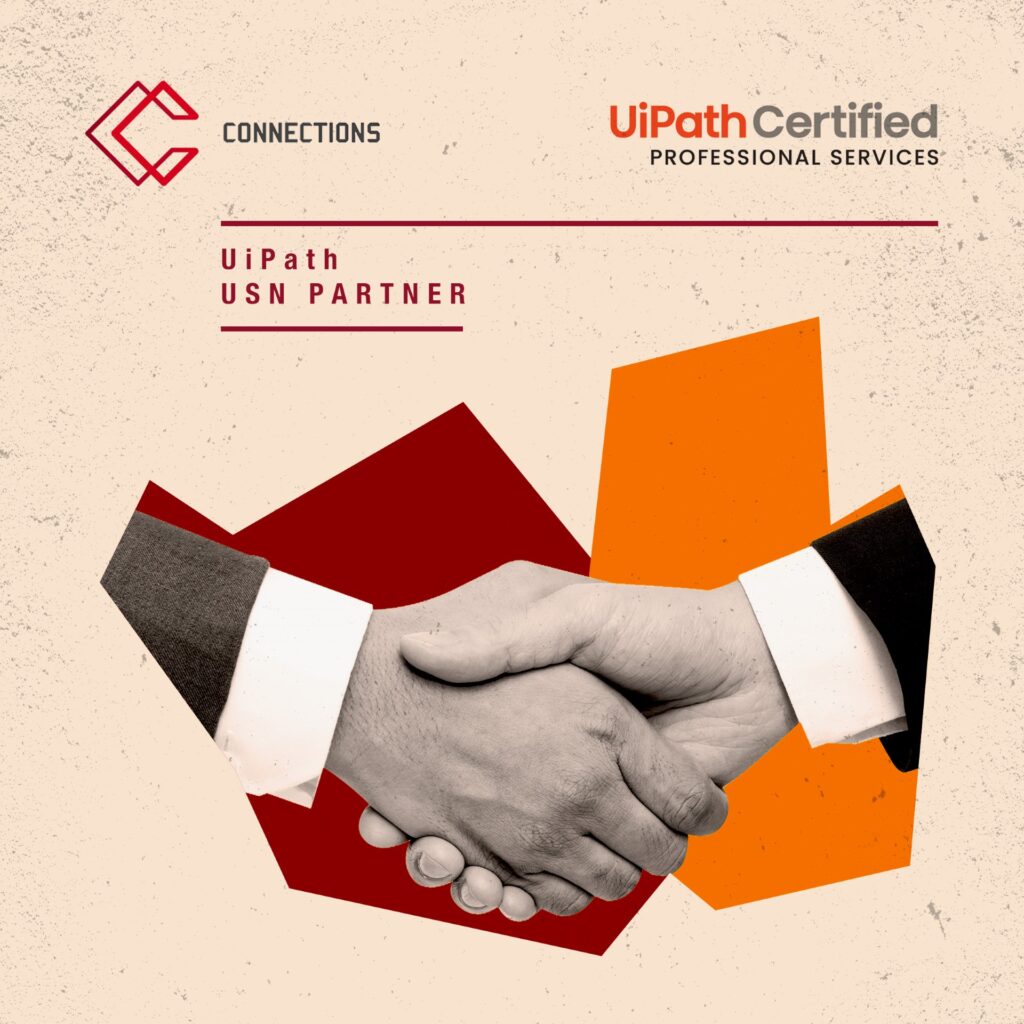 The Connections team has achieved a new recognition and, starting in 2024, is a certified USN partner of UiPath, one of the top providers of RPA (Robot Process Automation) technology.
The Connections team has achieved a new recognition and, starting in 2024, is a certified USN partner of UiPath, one of the top providers of RPA (Robot Process Automation) technology.
The new certification demonstrates the standard and competencies of the Connections team in delivering hyper-automated solutions for companies and is part of the continuous growth strategy of the internal team’s competencies.
The UiPath USN technology partnership program is an open ecosystem that brings together an elite network of business partners, offering a wide range of services that clients can rely on when seeking competent leaders capable of providing references and sharing best practices. Partners have the opportunity to consistently deliver state-of-the-art RPA implementations with the same level of expertise as the UiPath Professional Services team.
“The digital transformation is the primary tool that currently keeps any business on the path of growth and modernization, being the main differentiator in an increasingly competitive world that utilizes advanced technological solutions. By obtaining the USN accreditation from UiPath, our team elevates the standard of work in our client relationships, enhancing accuracy and scalability. We are pleased to offer our collaborators, with the assistance of UiPath, top-notch RPA solutions, leveraging our entire experience in business process automation and supporting their efforts for growth and differentiation in the market,” says Radu Marcu, co-CEO of Connections.
The USN partnership program defines the level of competence of the best implementation partners along with ensuring that all USN members have the appropriate level of competence and are ready to provide professional services at the same quality as UiPath.


















